Your mobile home is more than just a house on wheels. It’s your comfort zone, your haven. But what anchors it firmly to the ground? Spoiler alert: It’s not just gravity. Think of anchoring as giving your home a warm hug of security, keeping it snug and safe, no matter what the weather throws its way. We’re diving deep into the ins and outs of anchoring so you never have to face those nail-biting moments. Let’s roll!
Section | Summary | Tips |
Anchoring involves using tie-downs and anchors to secure mobile homes to the ground. | Choose quality materials for best results. | |
Anchoring ensures safety during storms, prevents damages, and can be a legal requirement. | Regularly inspect anchors for wear and tear. | |
Over-the-top and frame anchors are the main types, suited for different home styles. | Match the system to your home's specific needs. | |
Key items include anchors, straps, power drills, wrenches, and more. | Invest in durable tools; they last longer. | |
Sequential guide from picking the right spot to finally securing your home. | Follow steps in order; don't skip for best results. | |
The count varies based on home size, location, and wind zones. | Consult local codes and experts for precise numbers. | |
Prices range depending on DIY or professional approach, quality of materials, and location. | Budget extra for unexpected costs. |
What is Mobile Home Anchoring?
Anchoring is essentially your home’s seatbelt. It’s what keeps it securely fastened to the ground. Imagine driving without a seatbelt—nerve-wracking, right? The same goes for your mobile home if it isn’t anchored.
Here’s how it works. You have these heavy-duty straps and anchors made of sturdy materials like steel. These are not your everyday garden-variety stakes; we’re talking about anchors that dig deep into the ground. They latch onto your mobile home’s frame and keep it snug as a bug in a rug, even when the wind howls and the ground gets a little shaky.
But wait, there’s more. Not just any strap or anchor will do. There are specific types for specific needs. Maybe your mobile home is more exposed to the elements. Or perhaps the soil under your home isn’t as solid as you’d like. Don’t sweat it. There’s a tailor-made anchoring system for you.
It’s not just about keeping your home in one piece, either. A well-anchored home is a safe haven. You’ll sleep easier knowing the next big storm won’t toss around your sanctuary.
So yes, anchoring is a must-do, not a maybe. It’s the kind of project that pays off in peace of mind and, believe it or not, can even up the resale value of your home.
Why is Anchoring Important?
Okay, let’s get real. Anchoring isn’t just some optional upgrade like a marble countertop or a hot tub on your deck. This is the meat and potatoes of mobile home living. Why, you ask? Three big reasons: safety, legality, and value. Let’s unpack those, shall we?
1. Safety Concerns
First up, safety. Imagine a storm rolling in. Trees sway, winds howl, and your heart races. Now, picture your mobile home firmly anchored. It stands tall against the gusts like a champ. There is no rocking or rolling, just a secure, snug home. Peace of mind? You bet. Anchoring is your first line of defense against the unpredictability of Mother Nature.
2. Legal Requirements
Next, let’s talk about rules and regs. Do you know those pesky building codes and permits? They’re not just red tape. They’re there to make sure your home meets safety standards. In most places, having your mobile home anchored is the law. And let’s face it, a run-in with the local housing authority? Not on anyone’s bucket list.
3. Value and Longevity
Lastly, let’s chat about your home’s value. A well-anchored home isn’t just a safe one; it’s also more appealing to future buyers. Think about it. Would you buy a car without brakes? Didn’t think so. An anchored mobile home screams, ‘I’m a solid investment!’ It can hike up your home’s resale value.
In a nutshell, anchoring is your one-way ticket to a safer, more compliant, and more valuable home. So, why wouldn’t you jump on that? Ready to learn about the types of anchoring systems out there? Let’s dive in!
7 Types of Anchors for Securing Mobile Homes
Anchoring isn’t one-size-fits-all. It’s more like shopping for jeans. You’ve got to find the pair that fits just right. So, here are the main anchoring systems to make your mobile home as snug as your favorite pair of denim.
1. Over-the-Top Anchors
Think of over-the-top anchors as big, strong belts that hug your mobile home. They go over the top of your home, from one side to the other. These anchors have two parts: metal straps and the anchor itself that goes into the ground. They work together to hold your home down like a seatbelt.
These anchors are perfect for homes without open sides. Imagine homes with additions or carports. They need this extra support. If your home is in an area with lots of wind, these anchors are like superheroes, keeping everything safe.
Installing them? Make sure they’re evenly spaced across your home. Tighten them just right – not too loose, not too tight. It’s like lacing up a pair of sneakers. You want them snug but comfortable.
2. Frame Anchors
Frame anchors are like the backbone for your mobile home. They attach directly to the home’s frame. Think of them as hands holding down your home. These anchors are a combo of rods and straps. They grip the frame and then anchor into the ground.
They work best for most mobile home types. Whether your home is big or small, frame anchors are a go-to choice, especially if your home is in a place that sees different kinds of weather.
You’ll need to connect them securely to the frame to install them. Then, drive the rods into the ground at an angle. It’s like planting a flagpole – you want it firm and upright.
3. Concrete Anchors
Concrete anchors are the tough guys in the anchor world. They’re made to attach homes sitting on concrete bases. These anchors are robust and reliable. They’re like bolts that fasten into concrete, holding your home tight.
Use these when your home is on a concrete pad or slab. They’re especially useful in areas with lots of wind or storms. It’s like having a solid foundation for a treehouse.
When installing, drill holes into the concrete first. Then, put in the anchors and tighten them. It’s a bit like putting together a sturdy piece of furniture. You want every bolt in its place, nice and tight.
4. Ground Anchors
Ground or earth anchors are like deep roots for your mobile home. They dive into the soil and hold your home steady. You’ll find different types, from screw-in models to rod-type ones. Each is designed to grip the ground firmly.
They’re best for homes on soil – whether it’s sandy, loamy, or clay. If your home sits on earth, ground anchors are your friends. They work well in areas where the soil changes with the weather, like getting wet or dry.
How to install them? It depends on the soil. For softer soils, screw-in types are great. They twist into the ground easily. You might need to drive rod-type anchors with a hammer or machine in harder soils. It’s a bit like planting a tree. You want the roots, or anchors, deep and secure.
5. Slab Anchors
Slab anchors are for homes sitting on concrete slabs. They’re like bolts that keep your home and its concrete base together. These anchors are sturdy and reliable, designed to fasten tightly to concrete.
If your mobile home is on a concrete slab, slab anchors are the way to go. They’re especially important in windy areas or places with extreme weather. It’s like having a solid foundation for a heavy piece of furniture.
To install them, drill into the concrete slab first. Then, place the anchors and bolt them down firmly. It’s essential to ensure they’re evenly spaced and tightly secured. It’s similar to setting up a heavy-duty rack; you want it stable and level.
6. Cross-Drive Rock Anchors
Cross-drive rock anchors are the mountaineers of mobile home anchors. They’re designed for tough, rocky, or hard soils. These anchors have a cross-drive design, so they grip the hard ground well.
Use these if your home is on rocky terrain or really compact soil. They’re like anchors for a ship in rough waters – they keep things stable in challenging conditions.
Installing these anchors involves forcing them into the ground, usually with a heavy hammer or a driving rod. It’s like driving a stake into hard ground. You need to apply enough force to get a secure fit.
7. Auger Anchors
Auger anchors are the all-rounders. They have a spiral design, which makes them versatile for different soil types. Whether your home is on sandy, loamy, or even slightly rocky soil, these anchors can handle it.
They work by screwing into the ground, kind of like a corkscrew into a cork. This design allows them to hold firmly in a variety of soil conditions.
To install auger anchors, twist them into the ground until they’re secure. The depth and tightness depend on the soil type. In softer soils, you’ll need to go deeper. It’s a bit like screwing a hook into different kinds of walls – the technique varies with the material.
Tools and Materials Needed for Anchoring
So, you’re revved up about anchoring. Fantastic! But before you roll up those sleeves, let’s ensure you have the right tools and materials. You wouldn’t bake a cake without flour and eggs, right? The same goes for anchoring—prep is vital. So, let’s dive in.
Materials
First things first: the anchors. These are the stars of the show. You’re looking for heavy-duty steel anchors that can get a grip on the ground. They come in different shapes and sizes, tailored to your soil type. Sandy soil? There’s an anchor for that. Rocky terrain? Yup, there’s an anchor for that, too.
Next, you’ll need tie-down straps. These straps are strong, and I mean “tug-of-war champion” strong. Choose between metal or synthetic, but make sure they’re weather-resistant. After all, these will be facing the elements 24/7.
Don’t forget your anchor bolts. These little guys make sure your straps and anchors are BFFs. They secure everything together, making your home as stable as a three-legged stool.
Tools
Got a hammer and wrench? Great, bring them along. You’ll need these tools to secure everything in place. A power drill can also come in handy, making the whole process zip by like a season finale cliffhanger.
Eye protection and gloves? Non-negotiable. Safety first, folks. You don’t want to end this project with a splinter in your hand or something worse in your eye.
A good measuring tape and a level are your unsung heroes. Trust me, eyeballing it doesn’t cut it here. Precise measurements ensure you won’t wake up in a slanted home. Not a good look or feel!
And, of course, let’s not forget the installation manual. Keep your instructions close, whether it’s a printed guide or a handy YouTube video. There’s no shame in needing a little guidance.
Steps for Anchoring a Mobile Home
Image: Foxweather
You’ve got your toolkit ready and itching to get started. Awesome! But let’s not just dive in without a plan. Anchoring your mobile home is like building a piece of IKEA furniture. Follow the steps in order, and you’ll have something beautiful. So let’s break it down, step by step.
Step 1: Site Preparation
First, clear your site of any debris, rocks, or tree roots. You need a clean slate. Think of it as prepping your canvas before you start painting. This is your foundation, so let’s make it rock-solid.
Step 2: Choosing the Right Anchoring System
You remember the types we talked about, right? Pick your anchoring system based on your specific needs. Windy area? Go for those Over-the-Top Ties. Shaky soil? Longitudinal Stabilizers are your best friend. Make your choice and get your gear ready.
Step 3: Installation Process
Time to roll up those sleeves! Start by installing the anchors into the ground. Use that power drill if you have one; it’ll make your life much easier. Secure them deep, following the guidelines for your specific anchor type.
Next, attach the straps. Whether they go over the top or attach to the frame, ensure they’re snug but not too tight. You want a firm fit, like a good handshake.
Don’t forget the bolts! Screw these in to connect your straps and anchors. Use that wrench to tighten things up. No loose ends, okay?
Step 4: Inspection and Testing
Moment of truth. Give those straps a good tug. They should stand firm; no wiggling allowed. Use the level to check if your home is sitting straight. Double-check your work. Better safe than sorry!
How Many Mobile Home Tie Downs Are Required
How many tie-downs are needed to make your mobile home as secure as a bank vault? This isn’t a trick question, but the answer can vary. Let’s break it down.
First up, size matters. Yep, the dimensions of your mobile home play a significant role. A single-wide home? You’ll need fewer tie-downs compared to a sprawling double-wide or triple-wide. But remember, fewer doesn’t mean less secure. It’s all about the right balance.
Now, let’s chat about location. You’ve heard it before—location, location, location! Wind zones matter. If you’re living in a place where the breeze feels more like a slap in the face, you will need more tie-downs. Places prone to hurricanes or tornadoes? You’re going to want to go above and beyond the basics.
Okay, so let’s get specific. Most regulations require tie-downs every 4 to 8 feet. That’s just a ballpark range. Always check your local building codes to get the nitty-gritty details. A quick trip to the local building office can save you many headaches later.
So, you might be asking, “Can I have too many tie-downs?” The short answer is not really. More tie-downs mean more stability. It’s like having extra nails in a wooden fence—it will stand stronger. But you also don’t want to go overboard. Overkill can be costly and, let’s face it, unnecessary.
And don’t forget, professional guidance never hurts. If you’re feeling lost in the numbers game, a quick consult with an expert can put you on the right track.
In a nutshell, there’s no one-size-fits-all answer. Your home’s size, location and even the type of soil beneath it will dictate your magic number. Do your homework, follow the guidelines, and when in doubt, ask.
How Much Does It Cost to Anchor a Mobile Home?
So, let’s talk numbers. How much is anchoring a mobile home going to cost you? Well, the bill isn’t one-size-fits-all. It varies, just like every mobile home varies. But don’t worry, I’ve got the scoop to help you budget this. Let’s break it down.
1. Anchors and Straps
First up, the anchors themselves. You’re looking at anywhere from $15 to $60 per anchor. It’s like buying shoes: you can go basic or splurge for the designer label. Straps? They’ll set you back around $10 to $20 each. Yep, quality does matter here. Remember, you get what you pay for.
2. Professional Help
Going solo is an option. But if you want pros to take the wheel, prepare for a price tag. Labor costs vary, but think in the ballpark of $500 to $1,000. Trust me, for some, it’s worth every penny for that extra peace of mind.
3. Permits
Permit costs differ from one place to the next. You might spend as little as $50 or upwards of $200. Don’t skip this step; it’s your ticket to a worry-free project.
4. Extras
We all love a little extra, don’t we? Soil tests, additional anchors for high-wind areas, or specialized equipment can add to your bill. Let’s say another $100 to $300 for those finishing touches.
All in, you’re looking at around $700 to $1,700, give or take. It could be less if you’re a DIY guru with a well-stocked garage. It could be more if you opt for top-tier materials and expert help.

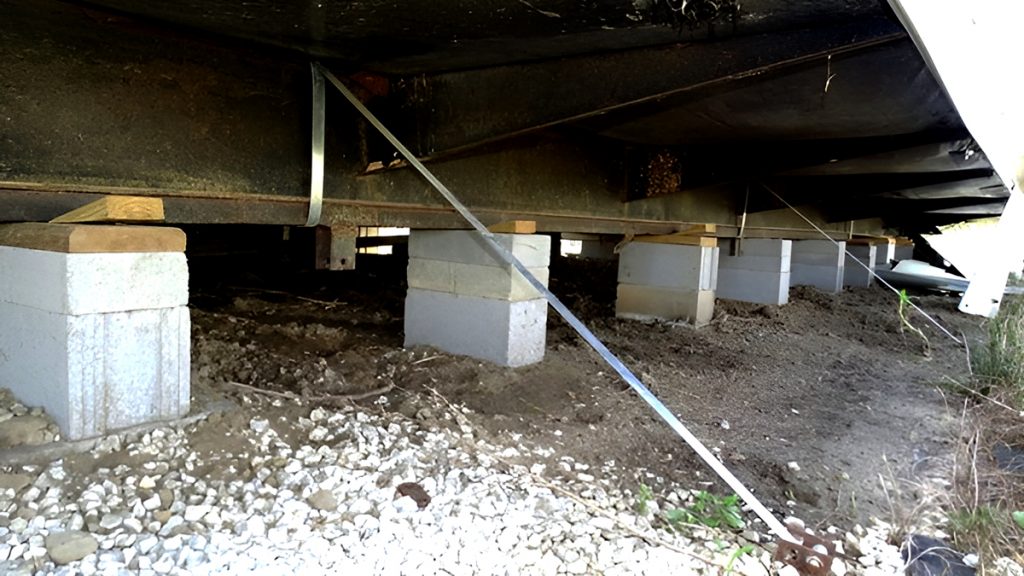
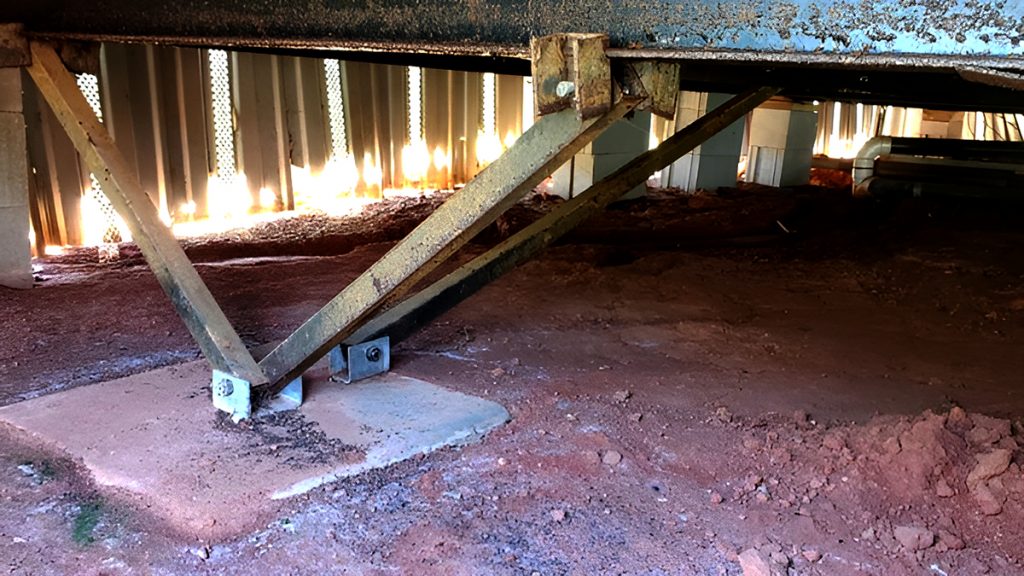
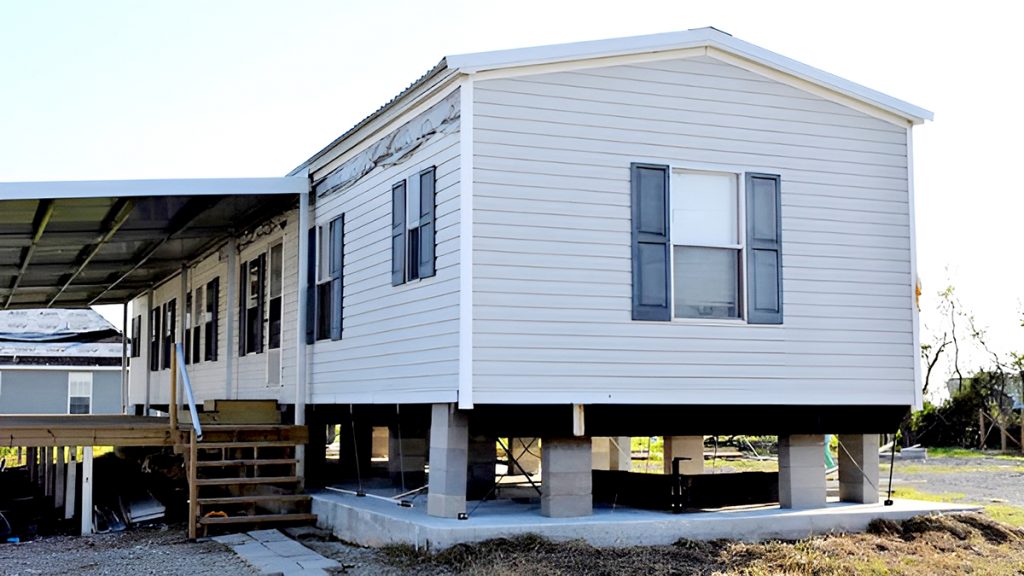
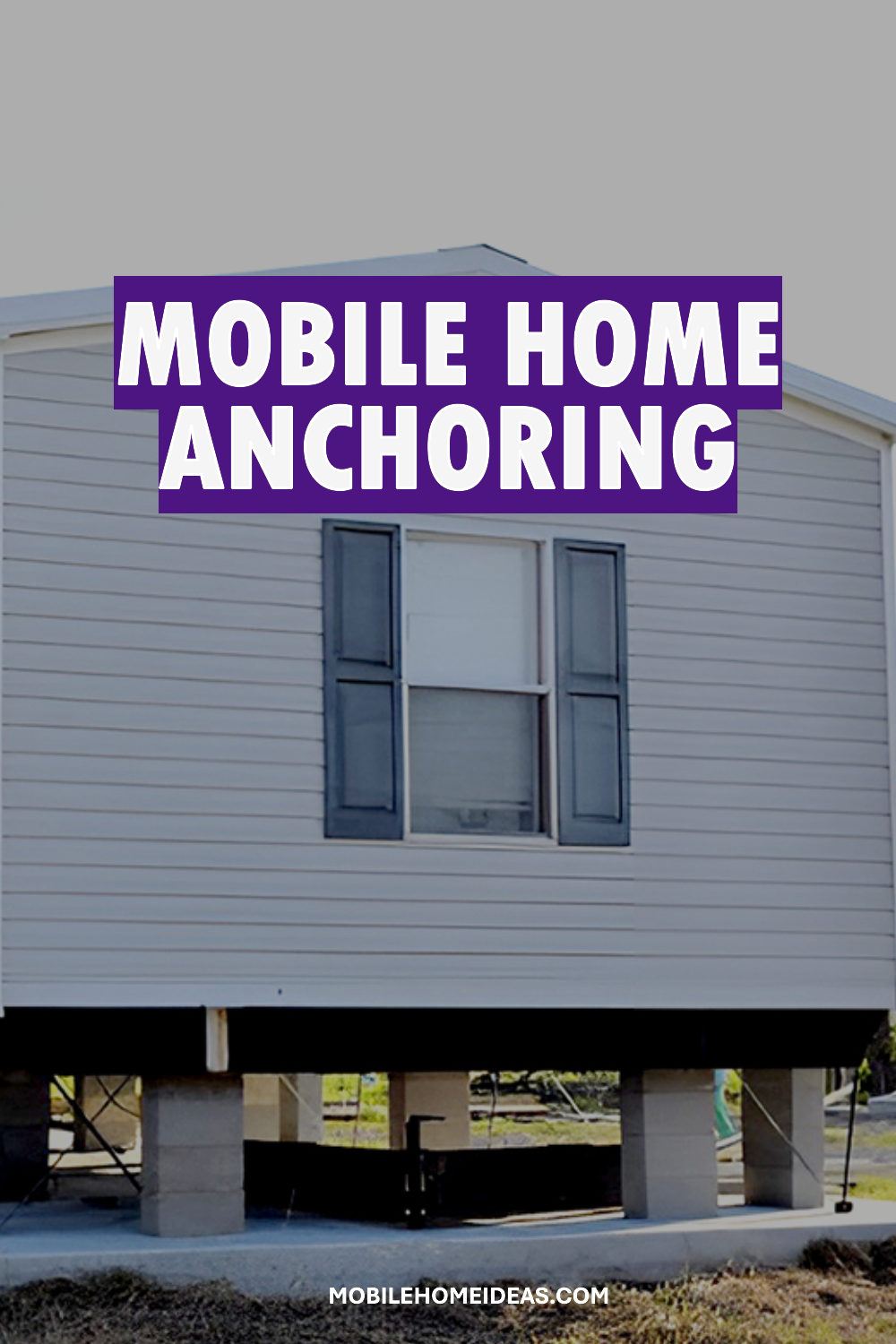
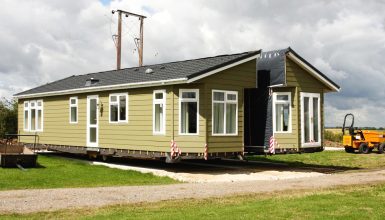
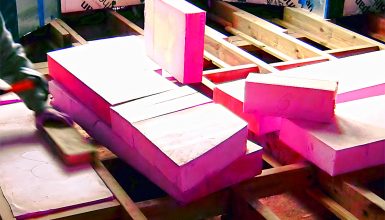

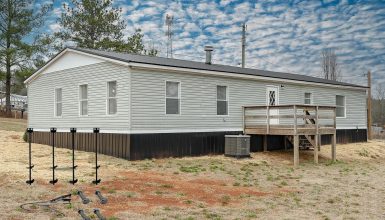


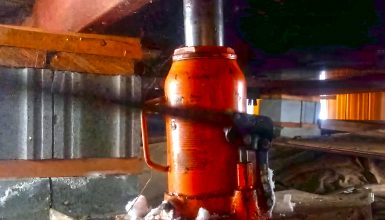
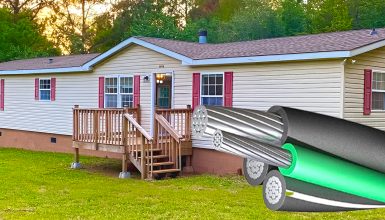
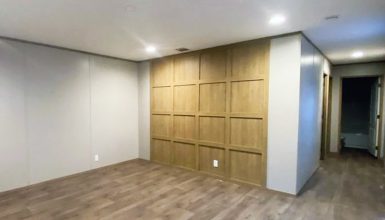

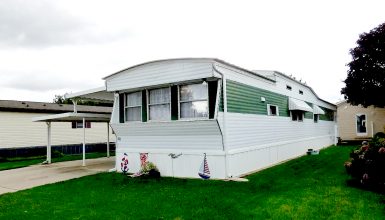

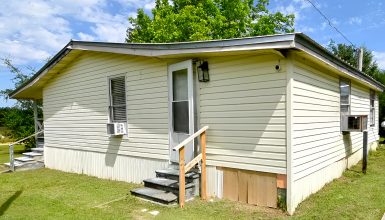
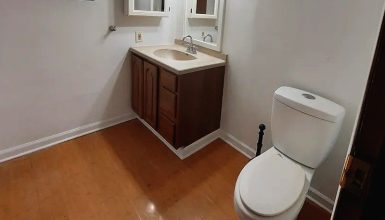

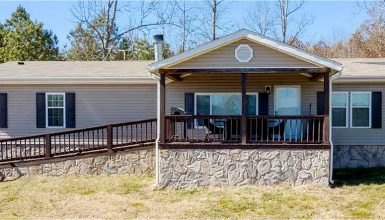
After a catastrophic event should you replace the tie downs